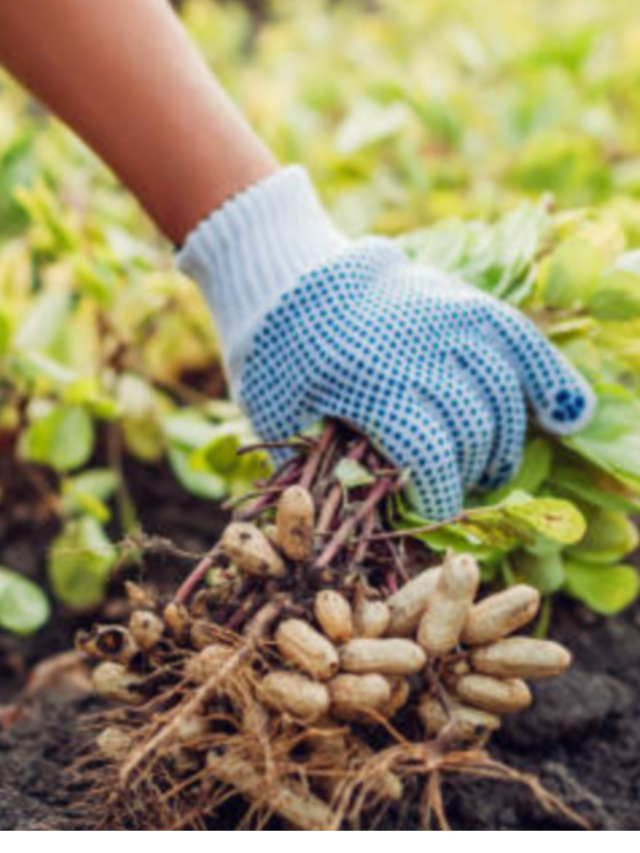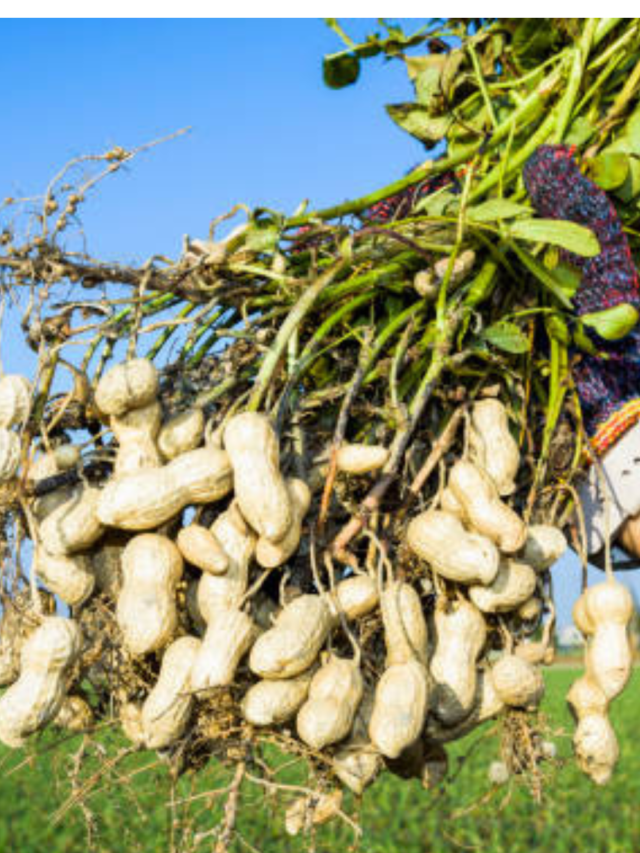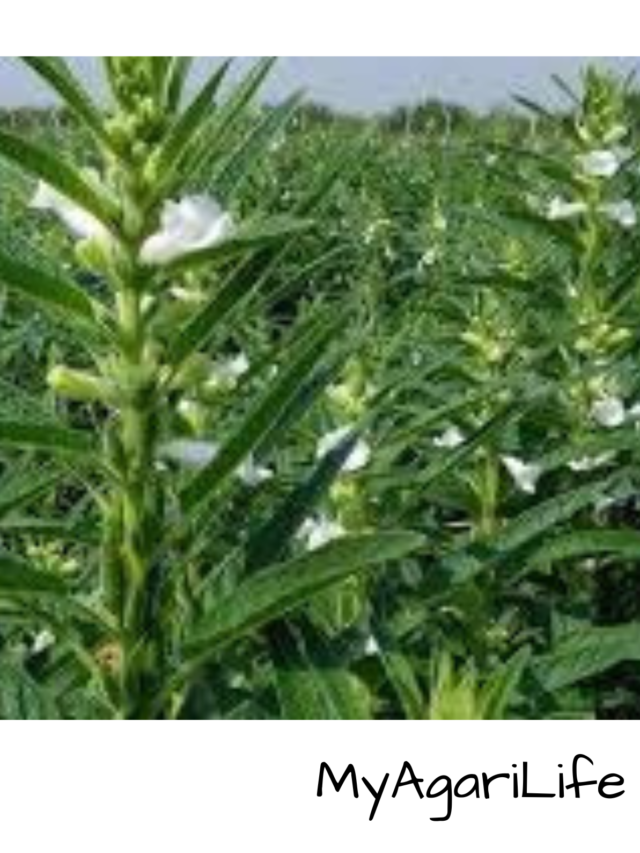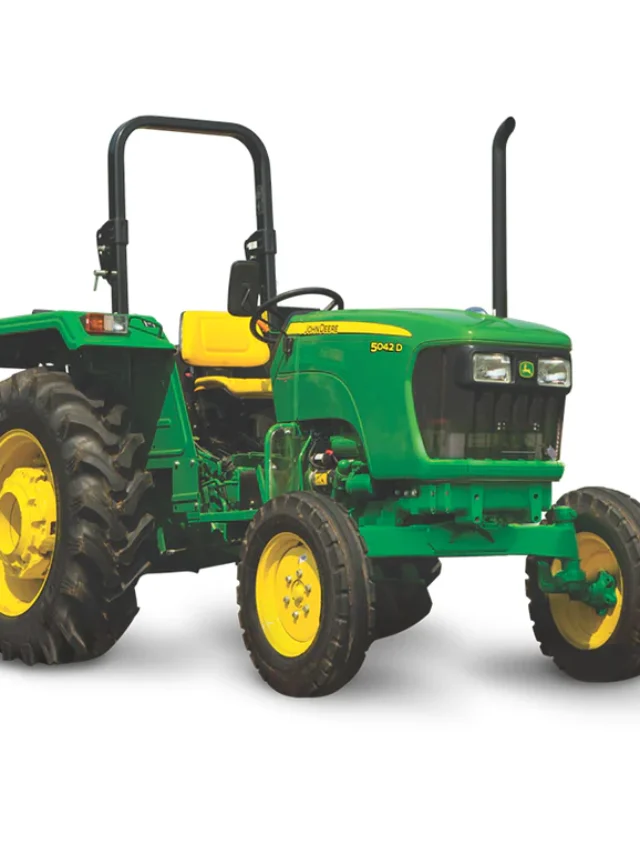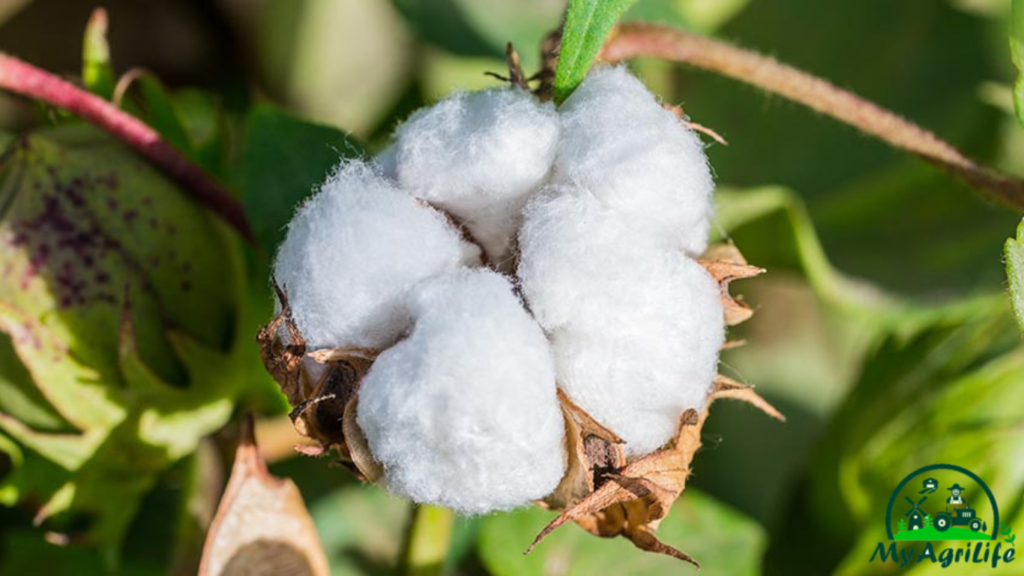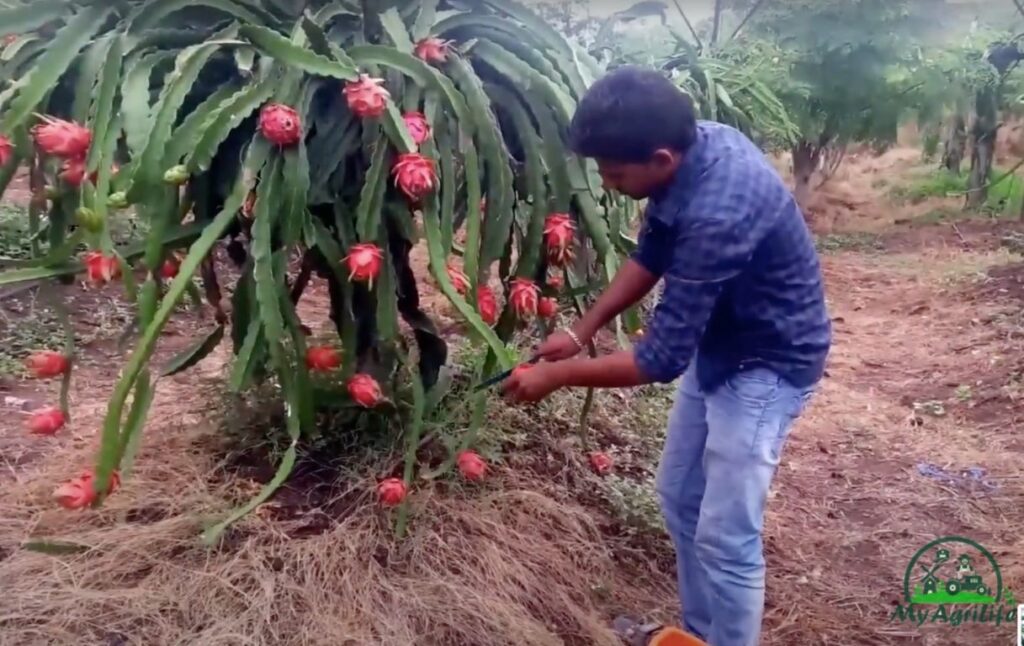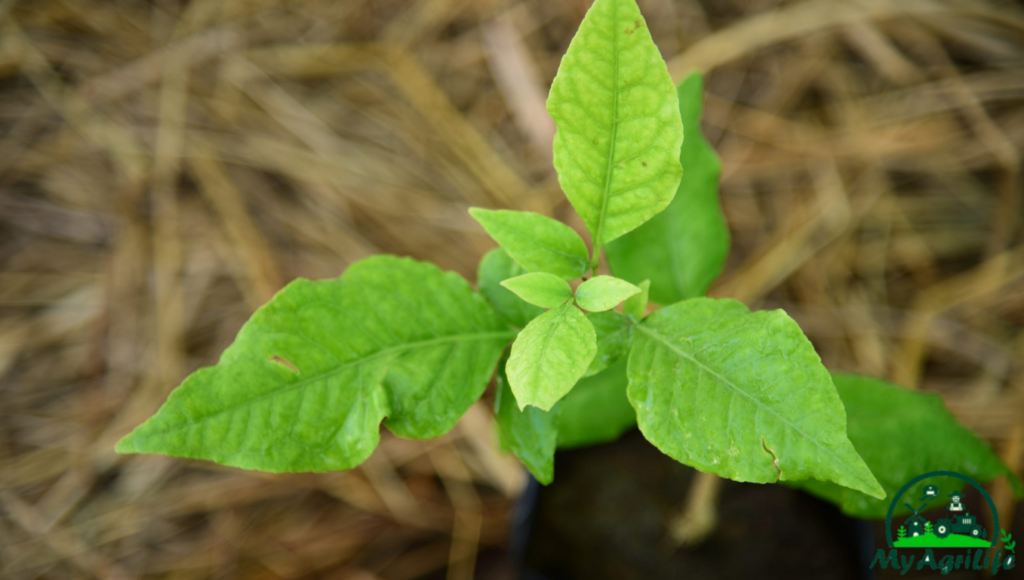
Bel Patra, also known as Bael leaves, are the leaves of the bael tree (Aegle marmelos), which is native to India and other parts of Southeast Asia. Bel Patra is considered a sacred plant in Hinduism and is often used in religious rituals and ceremonies.
The leaves of the bael tree are very aromatic and have a distinct flavor. They are commonly used in Ayurvedic medicine for their medicinal properties, which include anti-inflammatory, anti-fungal, anti-bacterial, and anti-viral properties.
Bel Patra is also known for its digestive properties and is often used to treat digestive disorders such as constipation, diarrhea, and dysentery. The leaves are rich in antioxidants and are believed to help boost the immune system and improve overall health.
In addition to their medicinal uses, Bel Patra leaves are also used in cooking and are often added to chutneys and other dishes for their unique flavor. They are also used to make a popular drink called “Bel Sharbat,” which is made by soaking the leaves in water and adding sugar and other ingredients.
Seed Specification Bel Patra
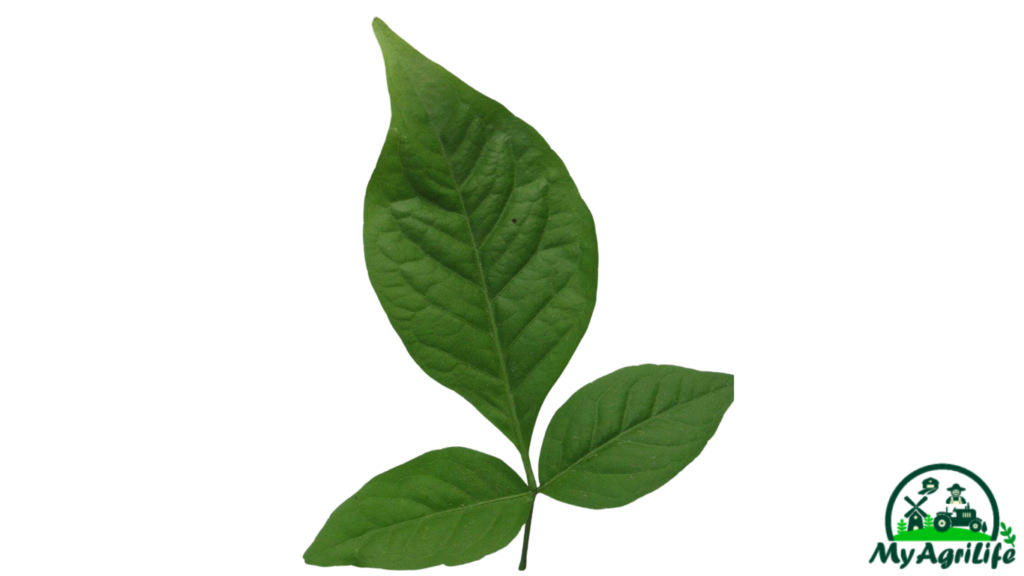
The seeds of the bael tree, from which Bel Patra leaves grow, are small and round, measuring around 1-2 cm in diameter. The seeds are enclosed in a hard, woody shell and are yellowish-brown in color.
When planted, bael tree seeds can take several weeks to germinate. They require warm temperatures and moist soil to grow, and can be planted directly in the ground or in a pot.
Once the bael tree reaches maturity, it can grow up to 18 meters tall and produce large, fragrant flowers. The tree’s fruit, which is also known as bael fruit, is a hard-shelled, greenish-yellow fruit that is typically eaten fresh or used to make a popular juice.
Bel Patra leaves are generally harvested from mature bael trees and are picked by hand. The leaves should be fresh and free from any signs of damage or discoloration. They can be stored in the refrigerator for several days, or dried and stored for longer periods of time.
Land Preparation & Soil Health Bel Patra
Land Preparation for Bel Patra
1. Before planting Bel Patra, it is recommended to get a soil test done to determine the soil type and nutrient content. This can help in making necessary adjustments to the soil.
2.Land Clearing: The land should be cleared of any weeds, debris, or other unwanted plants. It is important to ensure that the soil is free from any contaminants.
3.Plowing and Leveling: The land should be plowed to loosen the soil and then leveled to create a smooth surface. This will help in better water retention and easy planting.
4.Organic Matter Addition: Adding organic matter such as compost or manure to the soil can improve its fertility and nutrient content.
Soil Health for Bel Patra
1.Soil pH: The ideal soil pH for Bel Patra is between 6.5 and 8.5. Soil pH can be adjusted by adding lime or sulfur depending on the current pH level.
2.Soil Nutrients: Bel Patra requires a well-draining soil with adequate levels of nitrogen, phosphorus, and potassium. Soil nutrients can be improved by adding fertilizers or organic matter.
3.Soil Moisture: Bel Patra prefers a well-draining soil with consistent moisture levels. Overwatering should be avoided as it can lead to root rot and other diseases.
4.Mulching: Mulching can help in retaining soil moisture and preventing weed growth. Organic mulch such as leaves or straw can also add nutrients to the soil.
Overall, it is important to maintain good soil health for the healthy growth and productivity of Bel Patra. Regular soil testing, organic matter addition, and proper watering and fertilization can help in achieving this.
Crop Spray & Fertilizer Specification Bel Patra
Crop Spray for Bel Patra
1.Neem Oil Spray: A neem oil spray can be used to control pests such as mites, aphids, and whiteflies. Neem oil has natural insecticidal properties and can also help in preventing fungal diseases.
2.Garlic and Chili Pepper Spray: A garlic and chili pepper spray can be used to deter pests such as caterpillars and beetles. The spray can be made by mixing crushed garlic and chili peppers with water and a small amount of dish soap.
3.Copper Fungicide Spray: A copper fungicide spray can be used to control fungal diseases such as leaf spots and blights.
4.Natural Herbicides: Natural herbicides such as vinegar or salt can be used to control weed growth. However, it is important to avoid getting the herbicides on the Bel Patra leaves.
Fertilizer Specification for Bel Patra
1.Nitrogen: Bel Patra requires adequate levels of nitrogen for healthy growth and development. Nitrogen can be added to the soil through the use of nitrogen-rich fertilizers such as urea or ammonium nitrate.
2.Phosphorus: Phosphorus is important for the root development of Bel Patra. It can be added to the soil through the use of phosphorus-rich fertilizers such as bone meal or rock phosphate.
3.Potassium: Potassium is important for the overall health and stress tolerance of Bel Patra. It can be added to the soil through the use of potassium-rich fertilizers such as potash.
4.Organic Fertilizers: Organic fertilizers such as compost, manure, and bone meal can also be used to add nutrients to the soil and improve soil health.
It is important to follow the recommended dosage and application method for the chosen fertilizers and sprays to avoid any damage to the Bel Patra plant. Additionally, it is important to avoid spraying any pesticides or fertilizers directly onto the leaves or fruit of the plant, and to apply them during non-windy conditions.
Weeding & Irrigation Bel Patra
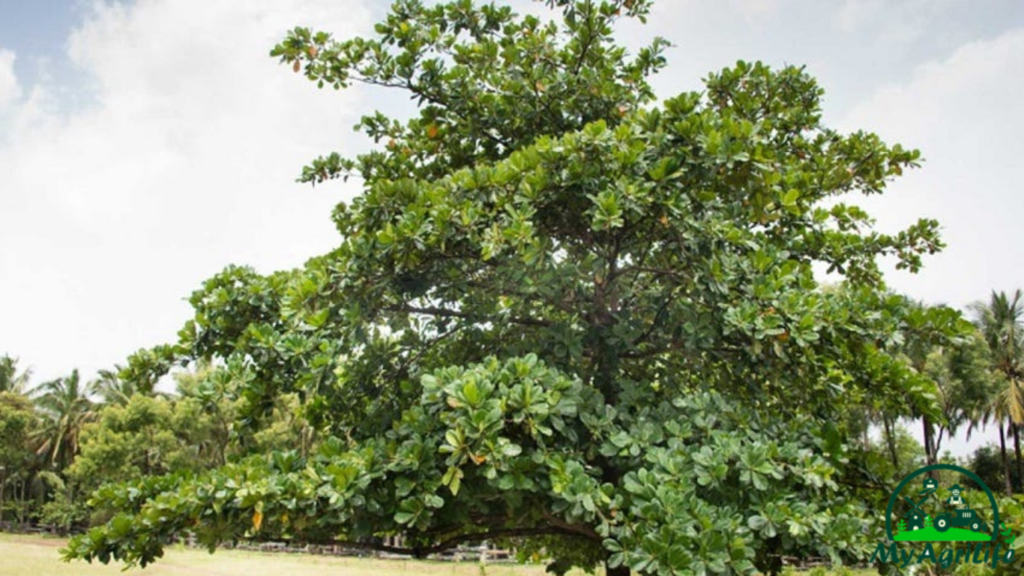
Weeding for Bel Patra
Weeding is an important aspect of Bel Patra cultivation to maintain healthy growth and avoid competition for nutrients and water. Some common methods for weeding Bel Patra include:
1.Hand Weeding: Hand weeding involves removing weeds by hand using a hoe or hand cultivator. This method is labor-intensive but can be effective in small-scale cultivation.
2.Mulching: Mulching can help in suppressing weed growth by covering the soil with organic materials such as leaves, straw, or wood chips. This can also improve soil health and moisture retention.
3.Herbicides: Chemical herbicides can also be used to control weed growth. However, it is important to choose a herbicide that is specifically labeled for use with Bel Patra and follow the recommended dosage and application method to avoid damage to the plant.
Irrigation for Bel Patra
Bel Patra requires consistent moisture levels to maintain healthy growth and fruit production. The following are some tips for irrigation:
1.Frequency: Bel Patra should be watered regularly, especially during the growing season. The frequency of irrigation will depend on the climate, soil type, and stage of growth.
2.Amount: The amount of water required will depend on the size of the plant and soil moisture level. It is important to avoid overwatering as it can lead to root rot and other diseases.
3.Method: Irrigation can be done using drip irrigation, sprinklers, or by hand. Drip irrigation is an efficient method as it delivers water directly to the roots and reduces water waste.
4.Time of Day: It is recommended to water Bel Patra early in the morning or late in the evening to avoid evaporation and reduce the risk of leaf burn.
Overall, proper weeding and irrigation practices are important for the healthy growth and productivity of Bel Patra. Regular monitoring and adjustment of these practices can help in achieving optimal results.
Harvesting & Storage Bel Patra
Harvesting Bel Patra
Bel Patra can be harvested throughout the year, depending on the specific variety and local climate. Here are some guidelines for harvesting Bel Patra:
1.Timing: Bel Patra leaves are best harvested when they are young and tender. They should be harvested before they become too mature or yellow.
2.Method: Bel Patra leaves can be harvested by gently pulling them from the stem. It is important to avoid damaging the plant or causing any injury to the stem.
3.Frequency: Bel Patra leaves can be harvested on a regular basis, depending on the plant’s growth rate and productivity.
4.Quantity: The amount of Bel Patra leaves that can be harvested at one time will depend on the size of the plant and the number of leaves it has.
Storage of Bel Patra
Proper storage is important for maintaining the quality and freshness of Bel Patra leaves. Here are some guidelines for storing Bel Patra:
1.Temperature: Bel Patra leaves should be stored at a cool temperature, ideally between 32-40°F (0-4°C). This can be achieved by storing them in a refrigerator.
2.Packaging: Bel Patra leaves can be stored in airtight containers or plastic bags to maintain their moisture level and prevent them from wilting.
3.Shelf Life: Bel Patra leaves can last for up to a week when stored under the proper conditions. It is important to use them as soon as possible to maintain their freshness and flavor.
4.Freezing: Bel Patra leaves can also be frozen for long-term storage. They should be blanched in boiling water for a minute and then stored in airtight containers or plastic bags in the freezer.
Overall, proper harvesting and storage practices can help in maintaining the quality and nutritional value of Bel Patra leaves.
Conclusion
Bel Patra farming can be a profitable venture for farmers looking to diversify their crops. With its medicinal properties and use in religious ceremonies, there is a growing demand for Bel Patra leaves in local and international markets.
Successful Bel Patra farming requires proper land preparation, soil health management, irrigation, and pest control. The use of organic fertilizers and crop sprays can help to maintain the plant’s health and increase productivity. Regular weeding and pruning are also important for maintaining the plant’s growth and productivity.
Proper harvesting and storage practices can help to maintain the quality and nutritional value of Bel Patra leaves. The leaves can be harvested throughout the year and stored in a cool, dry place or in a refrigerator for up to a week. Freezing can also be used for long-term storage.
In conclusion, Bel Patra farming can be a profitable and sustainable agricultural venture for farmers in tropical regions. With the right techniques and management practices, farmers can produce high-quality Bel Patra leaves that are in demand for both culinary and medicinal purposes.
